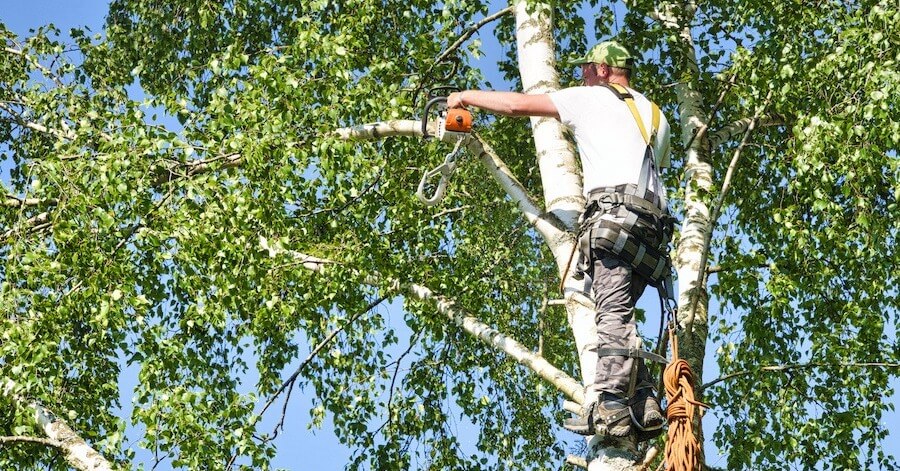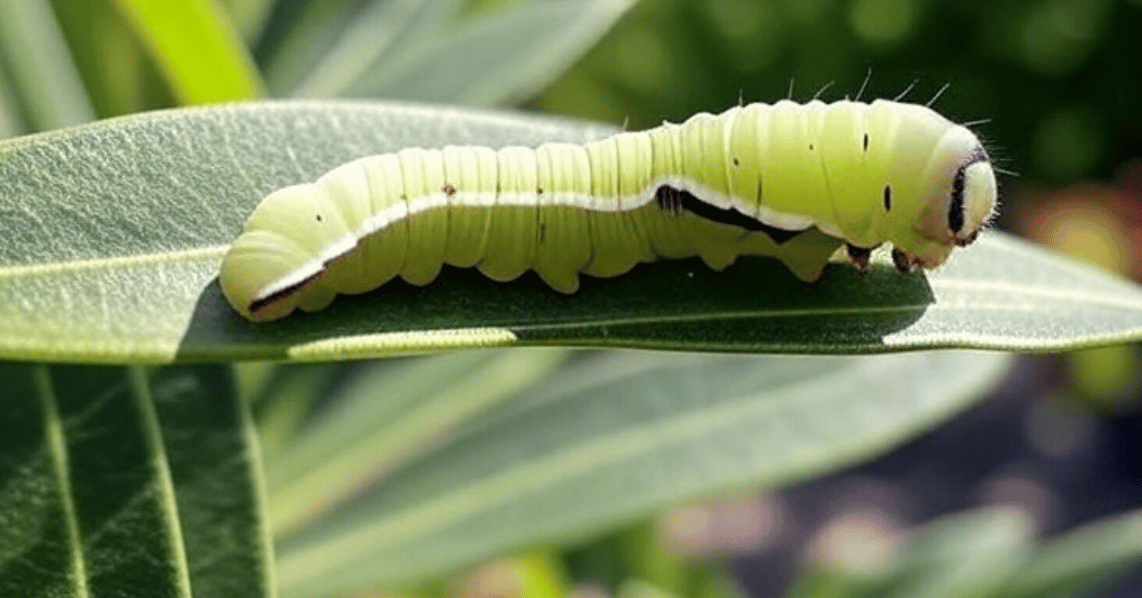Ivy is a charming addition to any landscape with its lush greenery and picturesque draping. Yet, beneath its verdant facade lies a potentially harmful invader, especially when it infringes upon trees. At Strobert Tree Services, we're dedicated to providing expert tree care across Delaware, Pennsylvania, and New Jersey, and we've seen firsthand the dangers of unchecked ivy growth. This article explores the various types of ivy, their risks, and the safest methods for removal to protect your trees and property.
Types of Ivy
Ivy comes in several varieties, each with its unique characteristics and challenges. The most common types include:
- English Ivy (Hedera helix): Often used in landscapes for its aesthetic appeal, English ivy is notorious for its invasive nature.
- Poison Ivy (Toxicodendron radicans): Recognized by its "leaves of three," poison ivy is invasive and can cause allergic reactions.
- Boston Ivy (Parthenocissus tricuspidata): While not a true ivy, Boston ivy's climbing habit and potential for wall damage align it closely with the concerns surrounding ivy invasion.
Why is Invasive Ivy Dangerous?
Ivy's dangers stem from its aggressive growth and tenacity. Here are a few reasons why invasive ivy is considered hazardous:
- Structural Damage: Ivy tendrils can burrow into cracks and crevices, exacerbating structural weaknesses in walls, fences, and tree bark.
- Competition for Resources: Ivy competes with its host trees for sunlight, water, and nutrients, often to the detriment of the tree.
- Pest Habitat: Dense ivy growth can provide a haven for pests, including rodents and insects, which may lead to further tree damage or disease.
How Can Ivy Damage My Trees?
Ivy can pose significant risks to trees, including:
- Strangulation: Ivy vines can wrap tightly around tree trunks and branches, restricting growth and potentially strangling the tree.
- Shading: The thick foliage of ivy can overshadow a tree's leaves, reducing photosynthesis and weakening the tree.
- Increased Fall Risk: The added weight and sail effect of ivy can make trees more susceptible to falling during high winds or storms.
How to Remove Ivy From Your Trees
Removing ivy requires patience and care to avoid harming the tree further. Here's a step-by-step guide:
- Cut the Ivy at the Base: Carefully cut through the ivy vines around the tree's base using gloves and appropriate tools. This will sever the ivy's source of nutrients and eventually kill the upper portions.
- Peel Away from the Bottom: Gently peel the ivy away from the tree trunk to a reachable height. Avoid pulling too hard, which could damage the tree bark.
- Leave Upper Portions to Die Off: The ivy higher up the tree will die off and can be safely removed once it's dry and brittle.
- Treat the Ground: Remove the ivy roots to prevent regrowth. If necessary, consider applying a non-toxic herbicide, following local regulations and safety guidelines.
- Monitor and Maintain: Regularly check the area for signs of new ivy growth and remove promptly.
Contact Strobert Tree Services
Removing ivy, especially from large trees or in cases of severe infestation, can be a daunting task. It requires expertise to ensure the health and safety of the tree and the surrounding landscape. Strobert Tree Services offers professional advice and services to manage invasive ivy effectively. Our team of experts is equipped with the knowledge and tools necessary to protect your trees and property from the dangers of ivy.
We're committed to providing top-notch tree care and maintenance in Delaware, Pennsylvania, and New Jersey. Whether it's ivy removal, tree pruning, or disease management, Strobert Tree Services is here to help. Contact us today to safeguard your trees against invasive ivy and ensure a healthy, thriving landscape.











